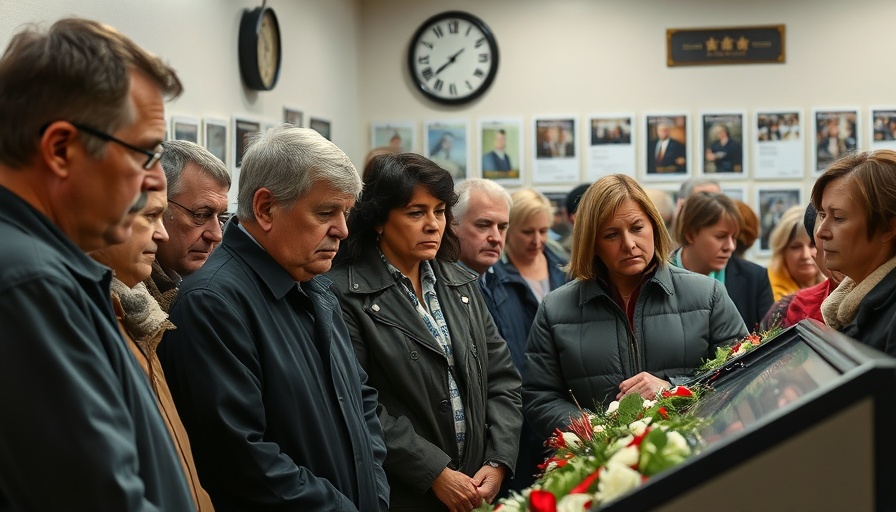
The Crucial Role of the Black Box in Aviation Safety
When a plane crashes, the investigation that follows often hinges on a small, resilient device known as the black box. Contrary to popular belief, these devices are actually bright orange, and their purpose is critical: they record essential flight data and cockpit conversations, shedding light on the circumstances leading up to an accident. Understanding the importance of black boxes is crucial, especially in an era where safety in aviation is paramount.
Understanding the Technology Behind Black Boxes
Black boxes are built to endure extreme conditions—high impact, crushing pressure, and intense heat. They typically contain two main components: the Flight Data Recorder (FDR), which captures thousands of parameters including altitude and airspeed, and the Cockpit Voice Recorder (CVR), which records conversations within the cockpit. This combination serves as a window into the aircraft's final moments, providing invaluable insights into pilot actions and technical malfunctions that may have occurred.
The Investigation Process: What Happens After a Crash?
The process of deciphering data from a black box can be lengthy and complex. Aviation safety experts analyze the data to create a timeline of events leading up to an incident. The National Transportation Safety Board (NTSB) and the Federal Aviation Administration (FAA) in the USA play pivotal roles in this process, dissecting the information to improve safety protocols and prevent future tragedies. Their investigations can lead to significant changes in regulations and pilot training, aiming to enhance overall safety in the aviation industry.
Counterarguments: Are Black Boxes Enough?
While black boxes provide crucial data, some argue they are not foolproof. Not all incidents can be explained solely by the data recorded, and in some cases, critical components of the black box may not survive a crash. Additionally, there’s a growing call for real-time flight tracking technology to supplement information provided by black boxes, enabling quicker responses in emergency situations.
The Future of Aviation Safety: Innovations on the Horizon
Aviation experts envision a future where black boxes are enhanced by new technologies. Some advocate for the development of systems that would allow data to be transmitted in real time to ground control, rather than merely recorded for analysis after an incident. This advancement could lead to faster, more effective responses to potential crises, transforming the landscape of air travel safety.
Why You Should Care: The Importance of Black Box Data
Understanding the role of black boxes is more than just an aviation enthusiast's pursuit; it touches on public safety, regulation, and technological advancements that can save lives. With air travel becoming increasingly accessible, appreciating the intricacies of flight safety—and the technology that supports it—becomes essential for passengers and the aviation industry alike. Awareness of how investigations function helps demystify air travel and enhances confidence among passengers.
Conclusion: Making Informed Choices as a Passenger
In an age where knowledge empowers consumers, being informed about aviation safety measures can foster trust in air travel. The investigation of black boxes not only provides clarity on past incidents but also shapes regulations that protect passengers globally. As we continue to push the boundaries of air travel, understanding these nuances can enhance our appreciation and awareness of the safety protocols in place. Next time you board a flight, remember that the black box is more than just a device—it's a protector of millions of lives.
 Add Row
Add Row  Add
Add 




Write A Comment